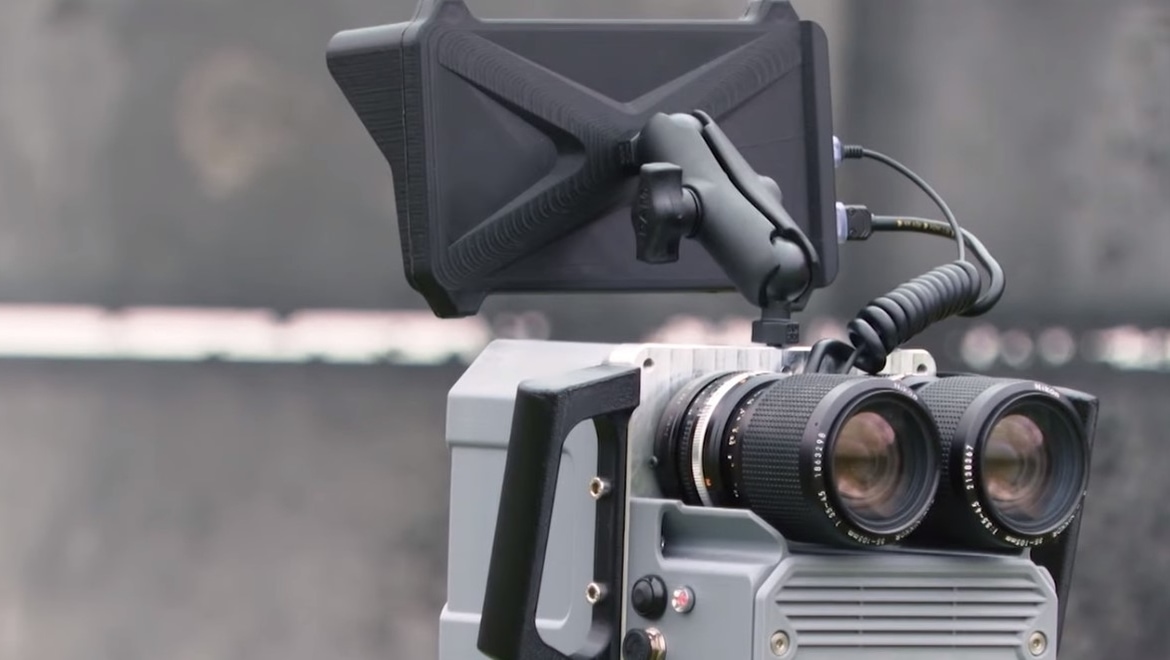
The University of Sydney has developed a prototype sensor for the RAAF that allows aircraft to detect fast-moving drones.
The MANTIS – Mutual-Axis Neuromorphic Twin Imaging System – is developed by the institution’s Nano Institute and uses technology that mimics a human brain.
Air Vice-Marshal Cath Roberts, Head of Air Force Capability, said the level of detail the four-kilogram device provides is very impressive. “It’s a promising sensor fusion that has really strong potential across Defence,” she said.
Professor Ben Eggleton, who leads the Jericho Lab team that created the prototype, said its neuromorphic sensors have “exquisite sensing capabilities” allowing it to see what can’t be seen with traditional cameras.
Neuromorphic refers to a large-scale system of integrated circuits that mimic neurobiological architectures present in the nervous system.
“It invokes the idea of the eye in animals but has leading-edge technology smarts built into it,” Professor Eggleton said.
“When there is an event, the sensor has incredible sensitivity, dynamic range and speed. The data generated is elegantly interfaced with an IT platform allowing us to extract features using machine-learning artificial intelligence.”
Professor Eggleton, director of Sydney Nano, said, “Combining traditional visual input with the neuromorphic sensor is inspired by nature. The praying mantis has five eyes – three simple eyes and two composite. Our prototype works a bit like this, too.”
MANTIS is the result of the partnership between the University of Sydney’s Nano Institute and RAAF’s Jericho Disruptive Innovation team. The Defence Science and Technology Group (DSTG) was also involved in the collaboration, providing early guidance and input.
Earlier this month, Australian Aviation reported how Defence awarded a contract to a Melbourne-based firm to equip the Army’s drones with next-generation surveillance sensors.
Ascent Vision Technologies’ ‘CM234 Spitfire camera gimbal’ uses infrared cameras to provide a more stable image during the day or night.
Director General Army Aviation Systems, Brigadier James Allen, said, “The Spitfire camera gimbal is an extremely lightweight sensor package that provides a day-and-night surveillance and reconnaissance capability on the installed aircraft, which will significantly boost Army’s tactical UAS capabilities.”
The sensor technology aims to enhance intelligence, surveillance and reconnaissance (ISR) capability by leveraging an imaging system that uses electro-optical, short wave and medium wave infrared cameras, along with laser range finding and target designation technology.















